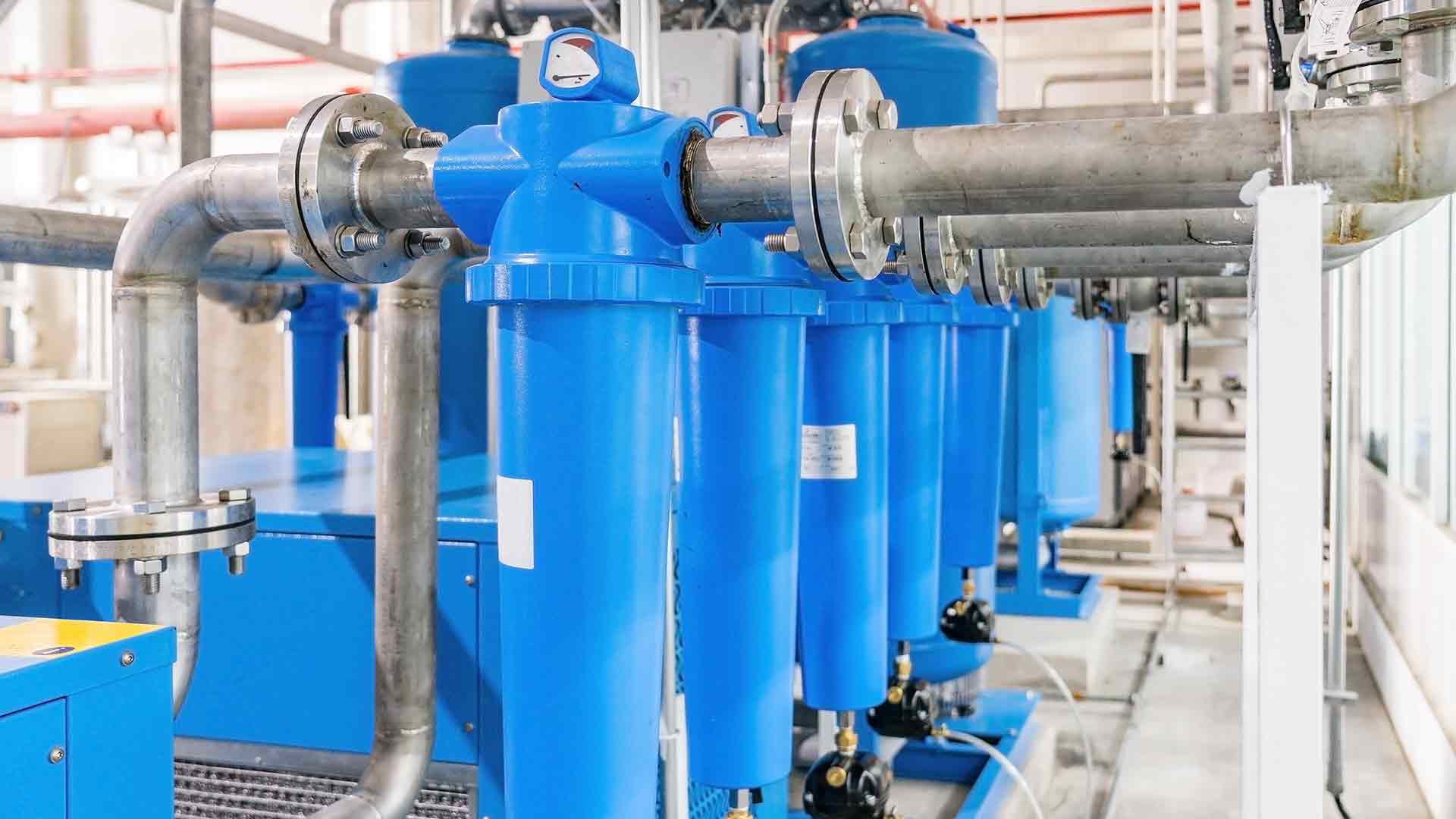Proper installation of an air compressor dryer is vital to ensuring the efficiency and longevity of compressed air systems. When installed correctly, the dryer effectively removes moisture from the air, preventing water buildup that can damage downstream equipment. Moisture in compressed air can lead to rust, corrosion, and even freezing in colder environments, which compromises system performance and increases maintenance costs. Therefore, ensuring that the dryer is integrated correctly into the system is a foundational step in maintaining operational reliability. One of the primary benefits of correct installation is improved air quality. Dryers are designed to eliminate moisture that can degrade product quality or interfere with sensitive applications. In sectors like manufacturing, food processing, or pharmaceuticals, even minor contamination can lead to rejected batches, safety hazards, or regulatory non-compliance. By ensuring the air dryer is installed in the right location and manner, facilities can maintain consistent air purity, supporting process integrity and reducing product waste.

Efficiency is another major factor influenced by proper installation. A poorly installed dryer may not receive the full volume of compressed air or may operate under pressure imbalances, leading to reduced performance and increased energy consumption. Aligning the dryer with the compressor and matching it to the system’s airflow and pressure specifications ensures optimal functioning. This not only enhances energy efficiency but also extends the lifespan of both the dryer and the entire compressed air system. Correct dryer installation also contributes to lower operational downtime. Unexpected failures due to water or oil contamination often result in equipment shutdowns, leading to production delays and costly repairs. By following best practices in installation such as proper piping, correct positioning relative to other components, and ensuring adequate ventilation facilities can significantly reduce the likelihood of system disruptions, improving overall uptime and reliability.
In addition to performance and reliability, proper installation supports long-term cost savings. Dryers that are installed according to manufacturer recommendations typically require less maintenance and experience fewer breakdowns. This reduces service costs, replacement part expenses, and energy waste. Moreover, it helps organizations avoid the hidden costs of inefficient operations, such as excess moisture causing damage to pneumatic tools or control systems. Safety is a key concern that proper dryer installation addresses. Accumulated moisture in compressed air lines can create slip hazards, compromise pneumatic safety mechanisms, or cause pressure fluctuations that lead to system failures. By ensuring the dryer is securely mounted, try this out correctly piped, and regularly inspected, companies can uphold a safer work environment while complying with industrial safety standards. This attention to detail ultimately protects personnel, equipment, and the bottom line.
